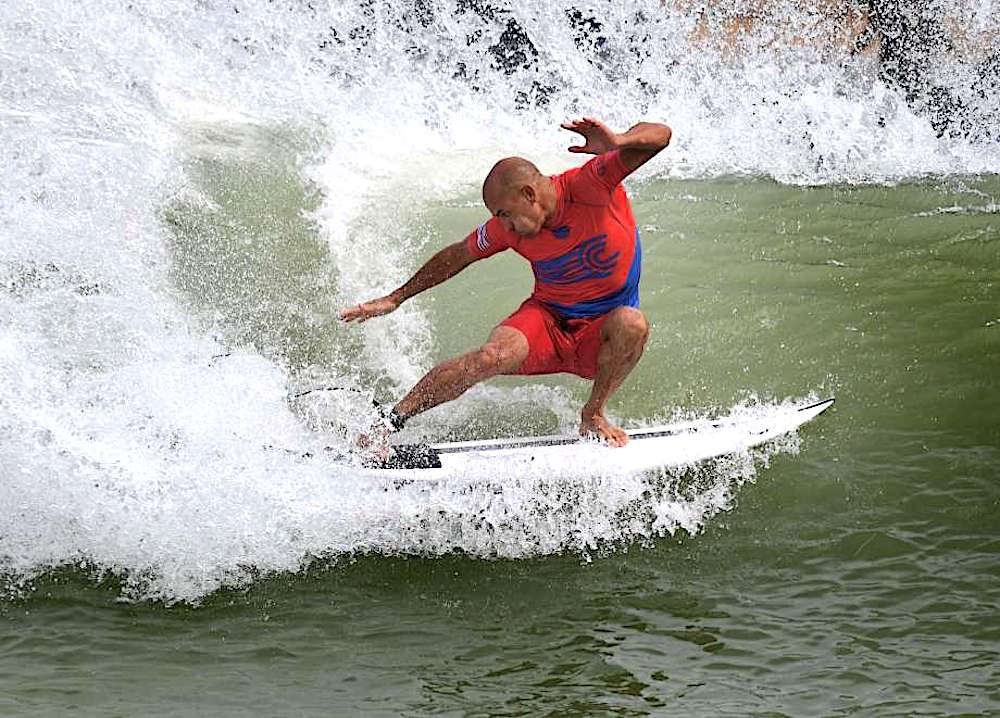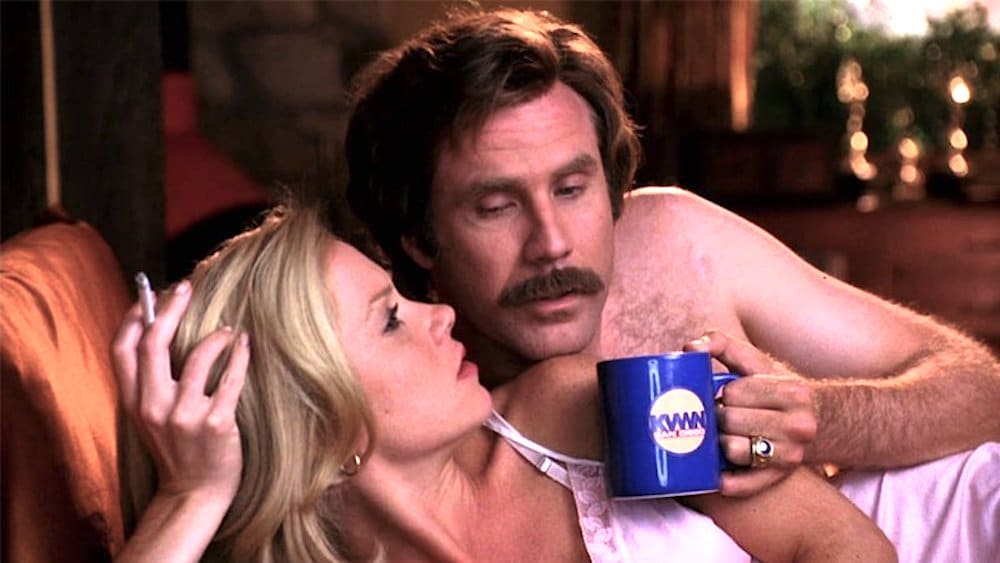Sports both reflect and communicate the values of the cultures that surround them, writes Jen See.
A few weeks ago, Derek sent me a link over email, hoping to prod me into writing about women’s sports and pay equity. A male columnist had sat down at his keyboard and pounded out an opinion piece about how boring he found the women’s World Cup soccer matches.
I did not read past the first paragraph.
(Editor’s note: But you can! Click here.)
I have reached a point where my brain simply shuts down when men begin to tell me about how women’s sports bore them or how women athletes don’t deserve equal pay. It turns into word salad, maybe coleslaw, with its tiny shredded pieces and all that pale green cabbage, mostly water, with next to no nutritional value. It takes up space on the plate, but there’s not much there.
Four years ago during the last World Cup, an editor sent me a similar link and assigned me to call up some women athletes and formulate a response. That the link four years ago was a different male writer hardly matters.
It’s a familiar genre. Man watches women’s sports. Man declares women’s sports too boring. I rolled my eyes, but dutifully called up several women — intentionally choosing a couple sources purely for their sense of humor and their ability to deliver a sick burn — and wrote the story.
It has become the job of women writers to do these stories. It isn’t enough that we cover the sport. We also have to justify its existence. And that double-duty weighs still more heavily on the women who train their asses off to succeed in their chosen sports.
They can’t just win. It has to be scintillating. They have to win the game — or the race or their heat — and then win over the men, who are just waiting to tear them down, just waiting to say, they shouldn’t be out there at all.
It’d be nice if women could just ignore all of this. Play our own games and write our own stories. And tell the men with their doubts and their boredom to go to hell.
But nothing is ever easy in this world.
Men continue to hold tight the keys to many gates — the gates to media attention, sponsorship, prize money, and a living wage. No athlete is necessarily entitled to such things. But if men have them, and in many professional sports they do, why shouldn’t women?
Thanks to their control of the gates, men have made their sports the norm. You never envision a world without men’s sports. Of course, men play sports. No one ever asks out loud if men’s sports should exist, the way they do about the women’s analogues. By using their power over cultural narratives, men have made their sports the default, while along the way, reinforcing in a myriad of ways, a hierarchy that ensures their power goes unchallenged.
Why should women have space to play sports?
Turn the question around. Why should men?
Every time a men’s sports event fizzles, you become obligated to defend it. Oh, Bells was super boring this year, men shouldn’t make as much money as women, and really, why do they even have a men’s event. If that line of argument sounds weird or wrong to you, well, imagine being a woman athlete, who hears those questions on repeat and rarely can avoid answering them.
In truth, women’s sports matter in far-reaching ways to the athletes who play them. Studies have shown that women who play sports through their high school and college years are less likely to be victims of domestic abuse. Women who play sports also ascend to higher levels in their professional lives.
And sure, while some girls look up to fashion icons, others simply do not. Imagine you’re a girl who can’t sit still. Imagine you’re a girl who isn’t all that interested in fashion. Wouldn’t you want to see someone like you out there, rather than feeling alone and out of place? If your imagination fails you on this question, I can tell you that you would.
The most common argument against equal pay and prize money equity is that women’s sports draw a smaller audience. In the US media, editors and television producers devote less than 5% of their sports coverage to women. I don’t have numbers for the surf media, but anecdotally, it isn’t much better.
A woman pro surfer I interviewed said she didn’t ever look at magazines.
“They don’t cover the girls.” (Women among themselves frequently refer to one another as girls.)
Maybe you’re about to argue that women simply aren’t interested in sports.
Sure. I got that one.
At the college-level in the US, nearly half of student-athletes are now women. Title IX and subsequent case law required colleges to offer equal opportunity and funding for women’s sports — and women have seized those opportunities and run as far and as fast as they can with them.
All the same, it remains difficult, if not impossible, to build an audience for a sport without media coverage. Look at how many hours of free publicity the NFL receives from Sports Center and the like. Little wonder that football draws a giant audience. The media outlets provide fans with the backstories and the water-cooler banter. When you know the narratives, when an athlete becomes more than a colorful jersey, a sport comes alive. And women’s sports are uniformly denied the oxygen to fuels that transformation.
If your friends watch women’s sports, you likely will, too.
During the 2015 World Cup finals, I happened to be in Sun Valley, riding mountain bikes with a crew of women. We’d shredded some prime singletrack, as the saying goes. Then one of my besties and I headed to a local coffee shop-brewery to watch the game. I remember hanging out at the counter, drinking a beer, chatting about riding and sports with a good friend. And then, seeing women on a massive stage, doing the performance of their lives. It was enthralling and inspiring — all the more so for being shared.
I think to appreciate women’s sports, you have to engage them on their own terms. Which is to say, if your constant frame of reference is the men’s analogue, if you watch women’s surfing with the men’s version always in your head, you will never entirely enjoy it. You will always compare it — and most of you, I think, will find the women’s version lacking.
I would argue that’s your fault for imposing your own notion of value on the game, not the fault of the competitors.
This dynamic lies at the heart of the debate over whether the judging standard should be the same across genders. It reflects an inability to watch one without reference to the other. I can’t say I care if the standard is the same.
After all, there is no Platonic ideal of the perfectly surfed wave. A ten is always relative to what’s happened in the heat before it, and during the contest as a whole. I see no reason why women shouldn’t be judged against women, and men against men.
Eventually, I think your relationship with women’s sports depends on why you watch sports at all.
For me, whether I’m watching a women’s surf heat or the men’s Tour de France, I am drawn to the human stories that come out of them. It’s not about the absolute level of the competitors, necessarily. I don’t care how high Carissa Moore can throw an air — or if she throws one at all.
I am drawn instead to the dynamics of the competition between her and her opponent and what’s at stake for each of them.
And none of that has anything to do with the men’s event running in parallel.
In a recent New York Times story, Lindsay Crouse recalled the famous moment when Brandi Chastain whipped off her shirt to celebrate victory in the 1999 world cup. She saw it then as a sign that women’s sports had finally arrived.
In retrospect, Crouse views that moment as bittersweet. We thought the battle was over, she says, but we were wrong.
I know this won’t be the last time I write this story.
In truth, I feel like I write it every time I sit down to tell a story about women’s sports or about the athletes who pour their hearts into competing at them. Maybe at the end of one of those stories, one less man feels compelled to tell me that it’s all too boring to watch.
Here we are, I think, as I sit at my keyboard wearing a sports bra in the summer heat.
Here we are still fighting the same battles for equity and opportunity.
Sports both reflect and communicate the values of the cultures that surround them.
Here we are fighting for equity, not just in sports, but on just about every terrain.
And maybe in the end, this is why women’s sports matter.






